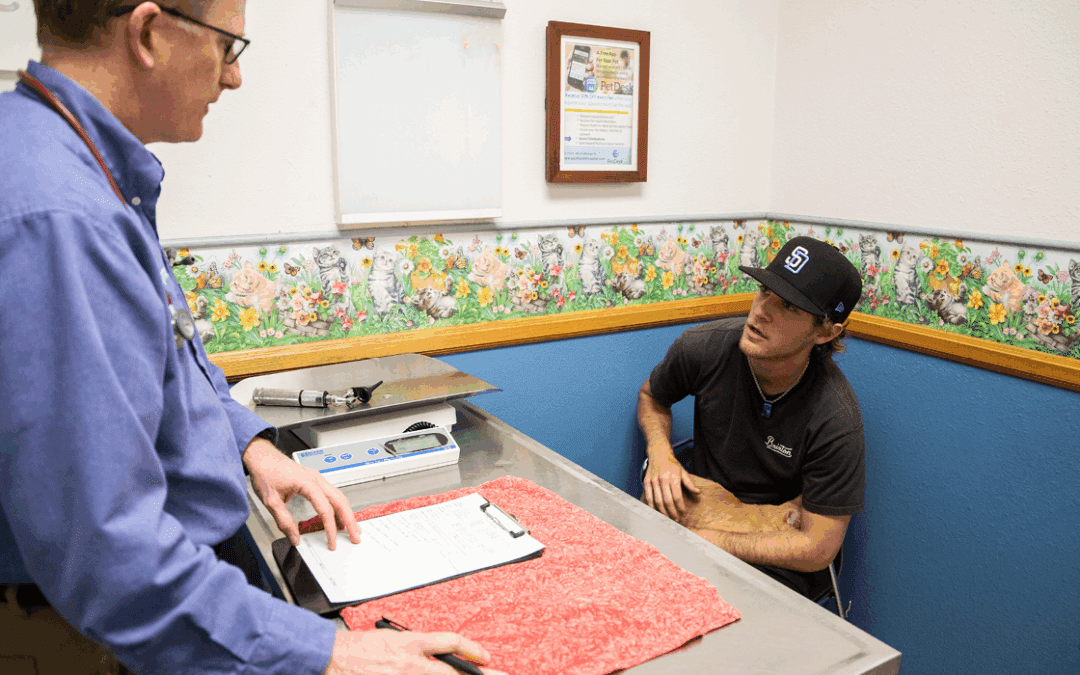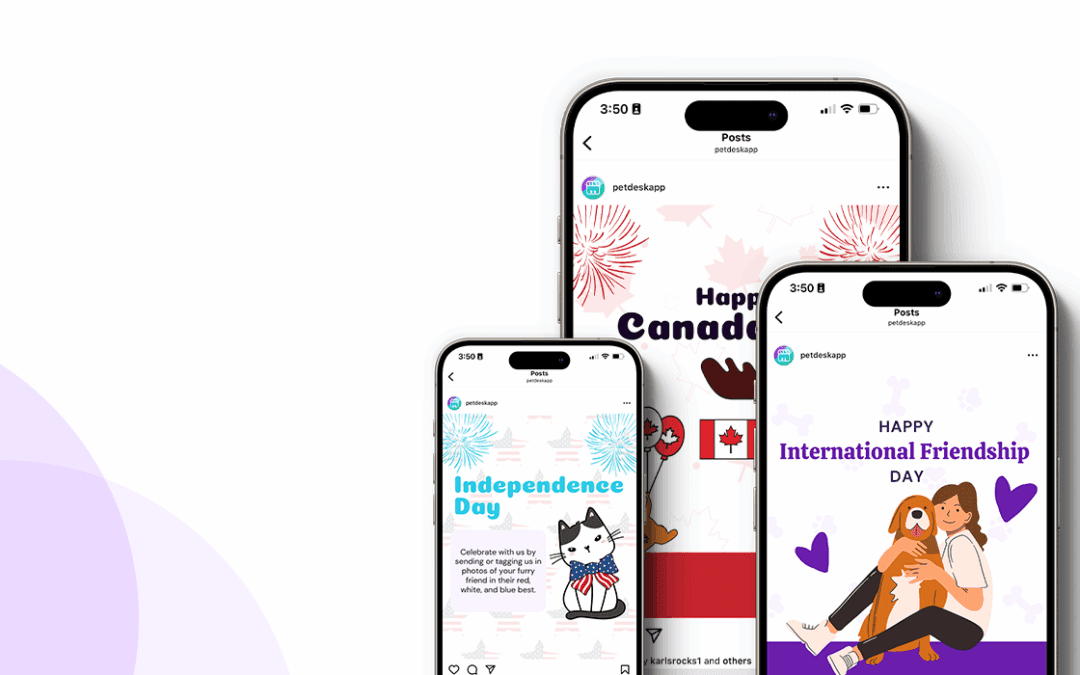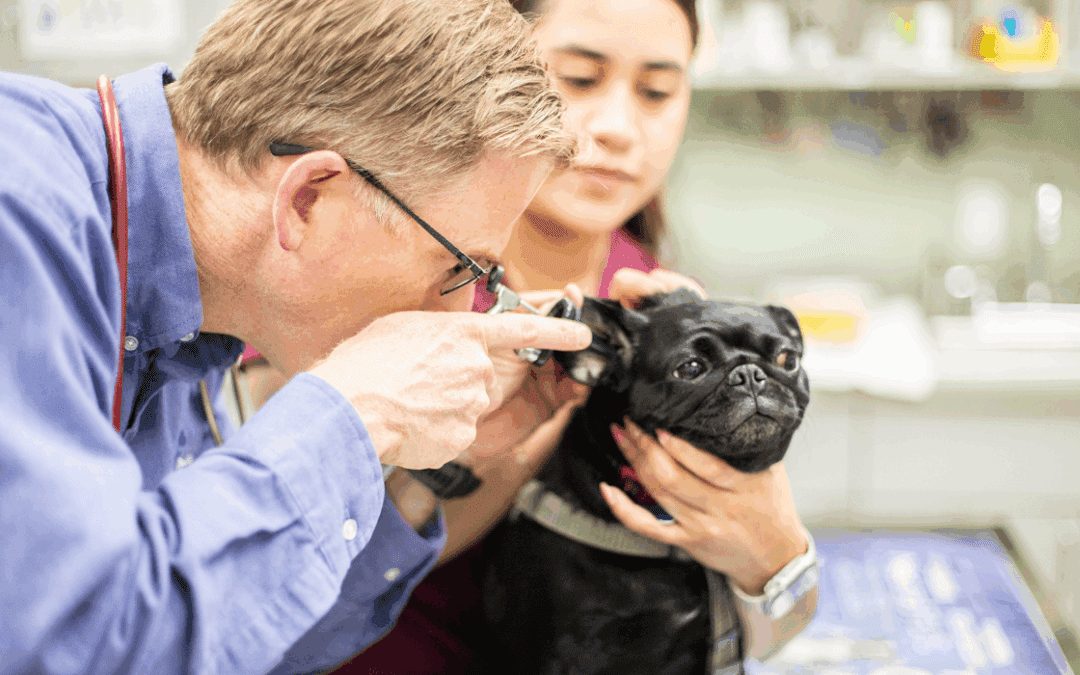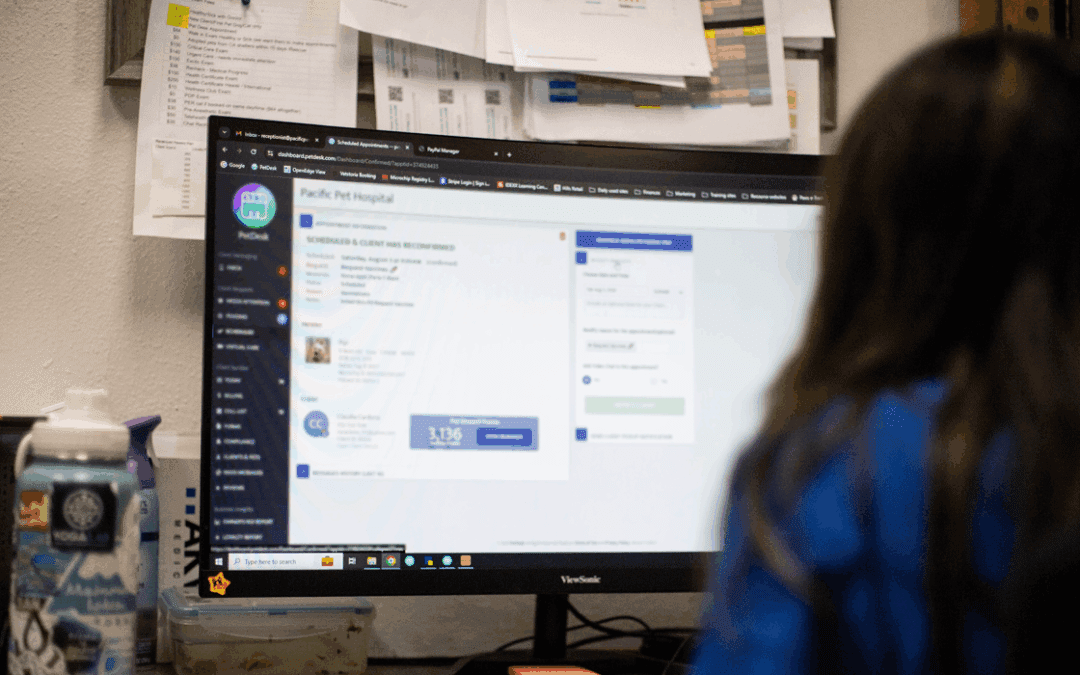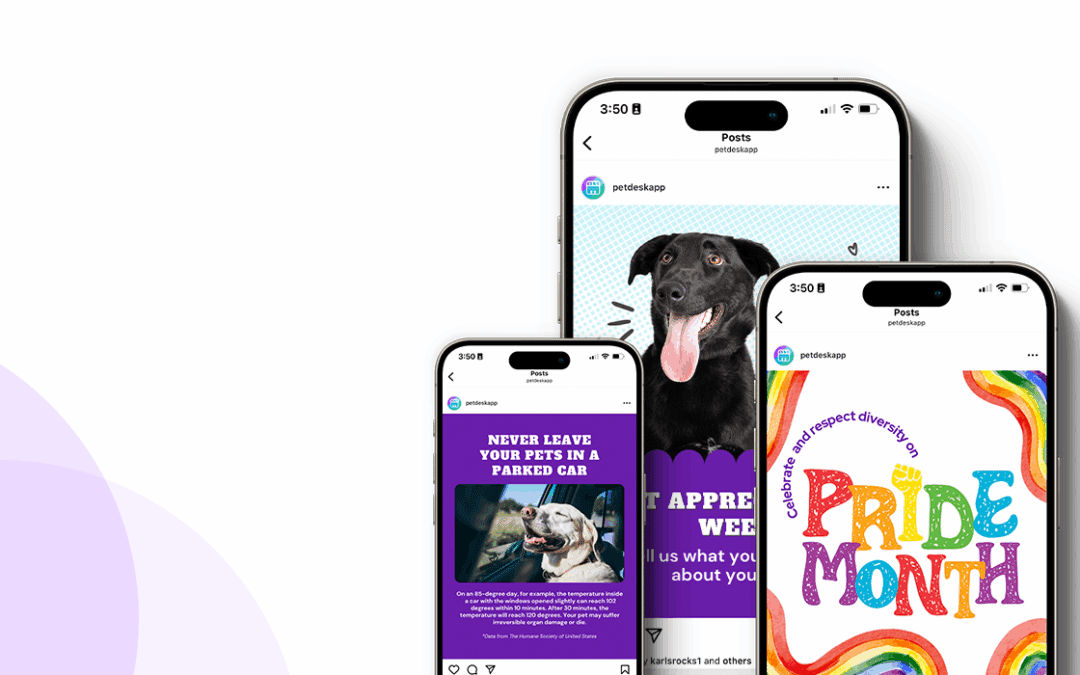During the beginning of the pandemic, people spoke of the return to normalcy. The time has long since passed. They now use words like “the new normal” and what it would look like.
Florida, Texas, and other states have lifted their restrictions on masks and other COVID protocols. Love it or hate it, it’s happening.
In veterinary practice, there is no one-size-fits-all solution to COVID-19 regulation that can be applied to all conditions and practice styles. But, there are some tips that can help you during these strange and difficult times.
Curbside
If you’ve been providing curbside service, you’re probably already following a number of new safety precautions and additional efforts for efficacy purposes. When you progressively switch your practice from curbside to inside, those protocols—the majority of which you’ll need to keep for the near future—will continue to describe the ‘new normal.’
The switch to curbside may or may not be appreciated by your practice staff. If your practice has benefited from the move, you can now decide whether or not to keep elements of curbside service available when your state reopens.
Of course, this was in place for safety purposes, but some veterinary offices have decided to continue curbside for reasons other than health and safety. Veterinary practices have expressed their desire to maintain this type of interaction to reduce friction among clients and staff, along with the ability to help pets remain calmer (we all know the stress that comes along with a vet visit for quite a few dogs and cats).
For face-to-face appointments, you may want to keep visits spread out to avoid crowds in the lobby.
Communicating regularly with clients via mass messaging regarding changes in hours, policy changes, and other important notifications is critical at all times, but especially in times such as these.
Sending reminder messages regarding appointments a few days in advance is also important.
Managing In-House Pet Parents
As states begin to reopen, you will likely notice some clients demanding to be let in. The decision of whether or not to completely reopen is up to you once your state approves it. Request a meeting with all practice employees to determine what is best for your individual facility.
If you do decide to reopen, you can still take precautionary measures to ensure the health and well-being of staff and clients while managing the influx of customers.
If your client has an appointment with the veterinary technician, you can let them know the client ahead of time so they do not expect to see the doctor. Some clients may still expect to see the veterinarian face-to-face.
Get ready to see clients who weren’t ready to come in during the COVID shutdown. It’s likely you have tools readily available at your practice to proactively remind clients who have not been on schedule to come in. If you don’t yet have these tools, PetDesk can help put these in place for your practice to run more smoothly.
Furthermore, don’t forget to reset your ‘reminder’ schedule. During the beginning months of the COVID shutdown, many annual appointments were canceled or pushed out. Ensuring all dates are correct will help reduce confusion. PetDesk and other reminder systems can adjust the health service reminder date to earlier, or later, in cases where scheduling was not as expected.
Make Ground Rules Clear
Practice managers should make sure both the staff and client understand the rules they must follow during the reopening. The rules should be posted throughout the clinic as a reminder. Mass Messaging can also come into play here so clients understand what to expect moving forward.
Ensure all of your safety, health, and cleanliness protocol are up-to-date. Once you have done this, share the information with your staff and clients to ensure you are all on the same page.
You can leverage custom text fields for health services reminders to go out on all your communications to reinforce the message. This will allow several reminders to be sent out to get the point across.
Leverage Technology
Many veterinarians have based their practices on the notion of building relationships and maintaining a connection to their clients. It may be difficult to convince someone to move to social distancing, but it doesn’t have to mean giving up on those wonderful relationships.
You have the technology; use it to your advantage to maintain relationships with your client base. Two-way messaging can make the practice run more smoothly even as they facilitate remote connections.
You can also create new appointment types to allow your clients some optionality. For example, if you have an annual check-up, you can offer either a curbside option or a face-to-face appointment option.
The Bottom Line
Regardless of your workplace safety reopening plan, it’s critical to clearly communicate all policies and procedures with your team and clients through a variety of channels — by adding the most up-to-date protocols to your website, sharing regular updates via mass messaging, or calling clients — so they know what to expect.
Your practice’s success is determined by the well-being of your staff. Make sure you do what’s best for them, your clients, and your patients while you prepare your reopening strategy.
See the power of PetDesk for yourself—for free
Save time and grow your business with custom websites and digital marketing, 24/7 error-free booking, a PIMS-VoIP phone system, plus a client engagement platform with a mobile app.


